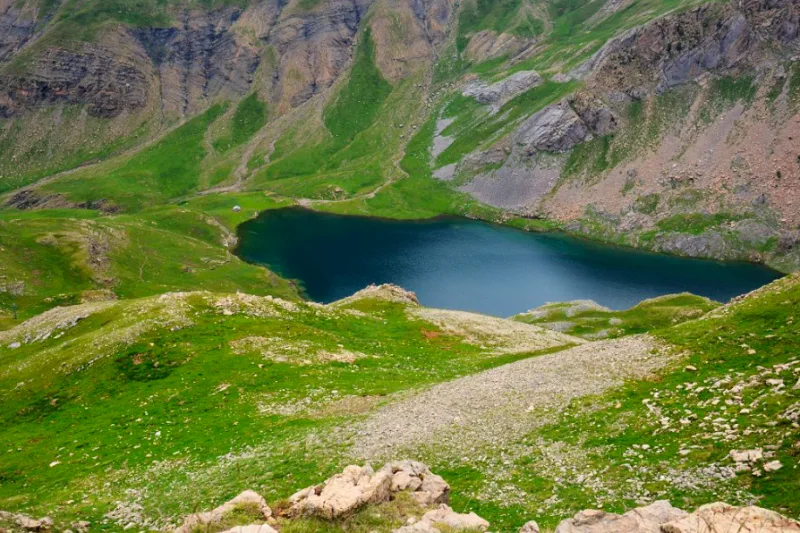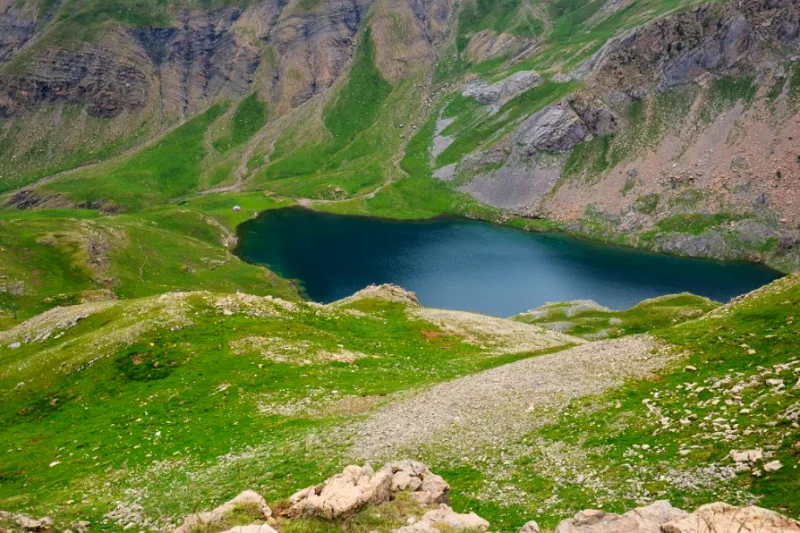
Glacial lakes are rapidly growing as the planet warms, scientists warn
Glacial lakes in Canada and around the world are rapidly growing in size as temperatures rise, which has serious environmental and societal consequences.
Glacial lakes have rapidly grown in size as atmospheric temperatures soar, and on average, their volume has nearly doubled in the last 30 years. These glacial lakes form on top, near, or even underneath glaciers.
From the Himalayan mountains to the Patagonian Andes, scientists have observed growing glacial lakes on every continent on Earth. While it is clear that human-released greenhouse gas emissions are causing the ice to melt, little is known about the size and extent of many glacial lakes.
Scientists are particularly concerned about the risk of glacial lake outburst flooding, which occurs when enough water accumulates in the lake that it bursts through the ice and debris the lake is dammed by. These floods are sudden events and can quickly travel over 100 kilometres downstream, which leaves communities in its path little to no opportunity to safely evacuate.

A glacial lake in the Tena Valley, Spain. Credit: Miguel Barcala/ Wikimedia Commons
At least 220 million people are at risk of being impacted by a glacial lake outburst flood in the Himalayan region due to the projection that 5,000 lakes in this area are becoming increasingly unstable as temperatures rise.
Dan Shugar, Associated Professor at the University of Calgary, is the lead author of a new study that reports glacial lakes around the world have rapidly grown since 1990. The study maps glacial lakes using more than 254,000 satellite images providing a “near-global database” and thorough “analysis of glacial lake extent, volume and change.”
Watch the video above to see what Shugar says about Canadian and global glacial lakes as they expand and become more hazardous.
With files from Kyle Brittain











